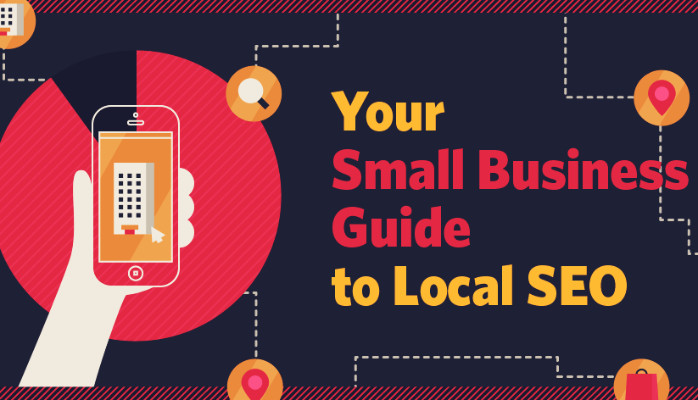In the ever-evolving landscape of digital marketing, Search Engine Optimization (SEO) is a crucial skill to master.
Whether you’re a blogger, business owner, or simply curious about how websites rank on search engines like Google, this beginner’s guide to SEO optimization will provide you with the essential knowledge to get started.
Understanding SEO
SEO is the practice of optimizing your website to improve its visibility on search engines. When users search for specific keywords or phrases, SEO helps your website appear higher in the search results, driving more organic (non-paid) traffic to your site. Effective SEO involves various strategies and techniques to meet the ever-changing algorithms of search engines.
Keywords Research
Keywords are the foundation of SEO. Begin by researching relevant keywords related to your content or business.
Tools like Google Keyword Planner or Ubersuggest can help you identify popular and relevant keywords. Aim for a mix of short-tail (broad) and long-tail (specific) keywords.
On-Page Optimization
Title Tags: Craft compelling and descriptive title tags for your pages, including your primary keyword. b. Meta Descriptions: Write engaging meta descriptions that encourage users to click through to your website. c. Header Tags: Use H1, H2, and H3 tags to structure your content and include keywords where relevant. d. Quality Content: Create high-quality, informative, and valuable content that satisfies user intent.
Off-Page Optimization
Backlinks: Acquire high-quality backlinks from reputable websites in your niche. Guest posting and outreach can help. b. Social Signals: Promote your content on social media platforms to increase visibility and engagement. c. Online Reputation Management: Monitor and manage online reviews and mentions to maintain a positive online image.
Technical SEO
Site Speed: Optimize your website for fast loading times, as slow websites can negatively impact rankings. b. Mobile Optimization: Ensure your website is responsive and mobile-friendly. c. XML Sitemap: Create and submit an XML sitemap to help search engines crawl and index your site. d. Robots.txt: Use a robots.txt file to instruct search engines on which pages to crawl and which to ignore.
- User Experience: a. Mobile-Friendly Design: Ensure your website is responsive and user-friendly on mobile devices. b. Easy Navigation: Make it easy for users to find information on your site with clear navigation menus. c. Page Loading Speed: Improve loading times for a better user experience.
- Monitoring and Analytics: Use tools like Google Analytics and Google Search Console to monitor your website’s performance, track traffic, and identify areas for improvement. Regularly review your SEO strategy and adjust it as needed.
- Patience and Persistence: SEO is not a one-time effort; it’s an ongoing process. It takes time to see significant results. Be patient, and consistently apply best practices.
Conclusion
This beginner’s guide to SEO optimization provides a solid foundation for improving your website’s visibility on search engines.
Remember that SEO is a dynamic field, and staying updated with industry trends and algorithm changes is crucial for long-term success.
As you gain experience and knowledge, you can refine your SEO strategies to achieve even better results.
Start small, stay consistent, and watch your website climb the ranks of search engine results pages.




